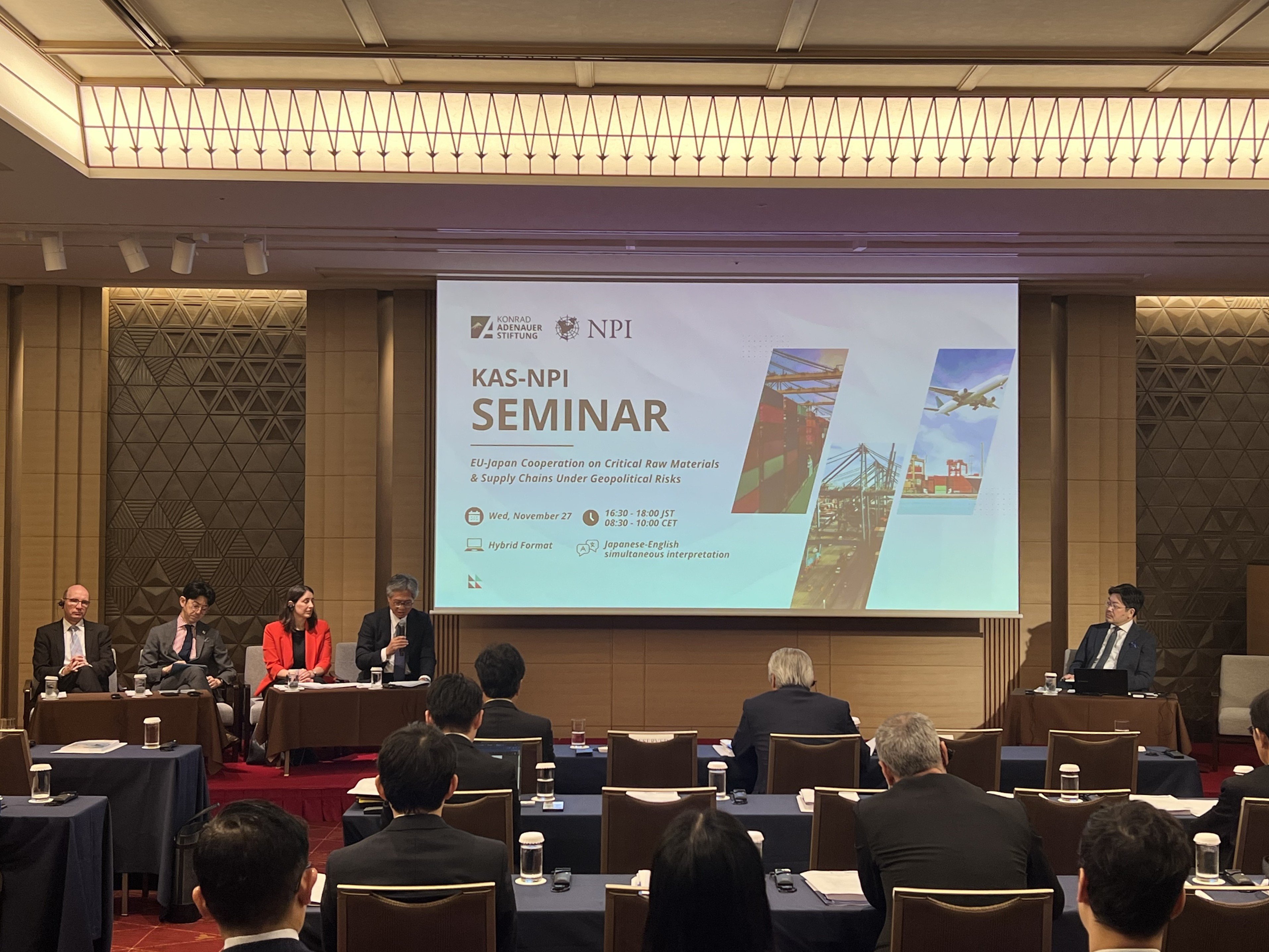2011/04/26
No. 118: Masumi Motomura, "Apply Japan's Experience in the Cryosphere to Arctic Development"
Every spring, those in the oil and gas industry gather in Oslo to discuss resource development technology, operation and environment management on the Arctic continental shelf. Case studies of oil and gas exploration taken up in the annual Arctic Oil & Gas Conference cover a broad territory ranging from, of course, the Arctic Ocean to the Sea of Okhotsk and, to our surprise, the northern part of the Caspian Sea. What unites all of these is the "sea ice" (the northern end of the Caspian Sea freezes during the winter). The energy industry does not watch the Arctic Ocean alone but considers all sea areas that become icebound in the winter, including the outer waters of the Arctic Ocean, in applying common systematized technology. This is a "cryospheric" approach. With a rich history in oil and gas development in the outer cryosphere, the energy industry is now stepping up efforts to apply its operating experience to development in the Arctic Ocean.
Although it has no border with the Arctic Ocean, Japan has maintained a strong interest in Arctic development because it holds that, given the great environmental impact the ocean has on the entire globe, the issue should not be left entirely to the five countries bordering that ocean. This stance may well be justified. As long as the Japanese government is committed to intervention, Japanese research institutes and firms should make active contributions by utilizing the knowledge, technologies and operating experience that they have cultivated in the cryosphere.
Japan is the world's leading holder of information and knowledge about the Sea of Okhotsk, which lies near Japan's territory. Japanese industry and academia have accumulated not only research data on oceanographic phenomena, sea-ice conditions and marine life in the Sea of Okhotsk but also experience with oil and gas exploration on the Sakhalin continental shelf, which would be worthwhile sharing with the world.
Amid successful oil development on the Sakhalin continental shelf, investors are naturally turning their eyes to sedimentary basins in the cryosphere, such as fields off Magadan and west to the Kamchatka Peninsula in the Sea of Okhotsk as well as the Gulf of Anadir off the Chukotka Peninsula in the Bering Sea, as their next targets. Further into the Arctic Ocean, US Royal Dutch Shell has already obtained oil drilling permits in wide areas of the Chukuchi Sea. If progress is confirmed on the American side, Russia will likely launch its own oil exploration on its part of the Chukchi Sea, that is, the waters to the east of Wrangel Island. Technical capabilities nourished by the Sakhalin projects will be of use to both cases.
It is heartbreaking to see the ravages of the earthquake that struck eastern Japan and the subsequent nuclear crisis at Fukushima Daiichi Nuclear Power Plant. I offer my deepest sympathies to those suffering from the disaster. I also have great respect for the nuclear workers who are making their utmost efforts to repair the damaged reactors. In looking at global energy supplies, the disaster will force us to drastically review our nuclear energy policy.
If we cannot raise the ratio of nuclear energy and if petroleum resources are more likely to be restricted for the "noble use" of automobiles and other vehicles as well as chemical products in the future, we will have to diversify our energy sources with greater emphasis on renewable energy deriving from sunlight, wind, geothermal heat and so on. However, these renewable energy sources account for just one percent of the world's total energy generation (ten percent if biomass is included). It would take decades of technological development before these green sources could become primary sources of energy.
Natural gas is considered the most promising bridge to a renewable energy future. It emits 40 percent less CO2 than coal in generating electricity, it is environmentally friendly, and it is easily processed. Above all, there are massive known reserves of natural gas capable of lasting more than 60 years, while distribution of natural gas is not as uneven as that of oil. It is thus qualified to play the leading role in next-generation energy production.
Many industries will no doubt accelerate their shift to natural gas. The Arctic is home to 30 percent of the world's natural gas reserves. Since the earthquake disaster, a liquefied natural gas (LNG) project on Russia's Yamal Peninsula has begun drawing intense attention. Securing natural gas resources is a matter of urgency. With new projects coming on line in the Arctic, Japan should consider steps to participate in the development in the Arctic Ocean by taking full advantage of its knowledge and technologies.
Masumi Motomura is Chief Researcher at the Japan Oil, Gas and Metals National Corporation (JOGMEC).
The views expressed in this piece are the author's own and should not be attributed to The Association of Japanese Institutes of Strategic Studies.








